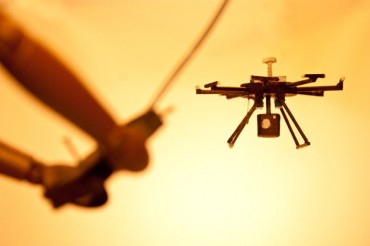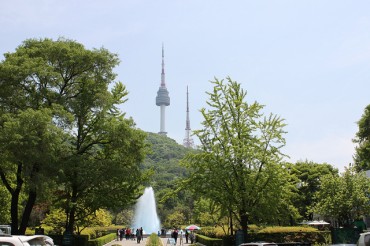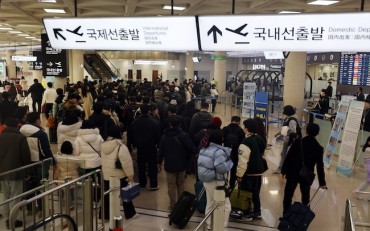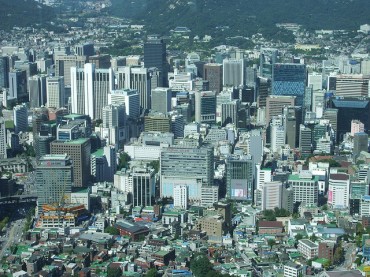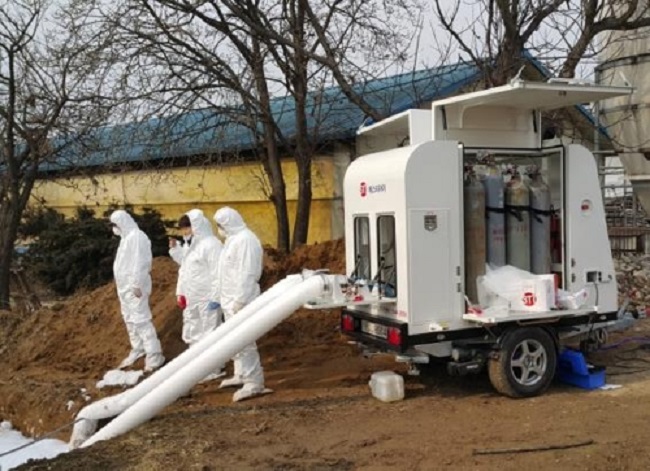
To better abide by international guidelines regarding the slaughter of animals, South Korea’s Rural Development Administration (RDA) announced February 5 that it had produced and tested equipment that creates nitrogen bubbles. (Image: RDA)
SEJONG, Feb. 6 (Korea Bizwire) — To better abide by international guidelines regarding the slaughter of animals, South Korea’s Rural Development Administration (RDA) announced February 5 that it had produced and tested equipment that creates nitrogen foam.
According to the RDA, the World Organization for Animal Health advises the use of nitrogen gas when slaughtering animals so that they feel the least amount of pain. However, as nitrogen gas is extremely light and easily mixes with other gases, making its use difficult, carbon dioxide is typically employed instead.
The RDA expects its nitrogen foam to resolve this issue. Each bubble of foam can consist of up to 98 percent nitrogen gas and can last for up to six hours.
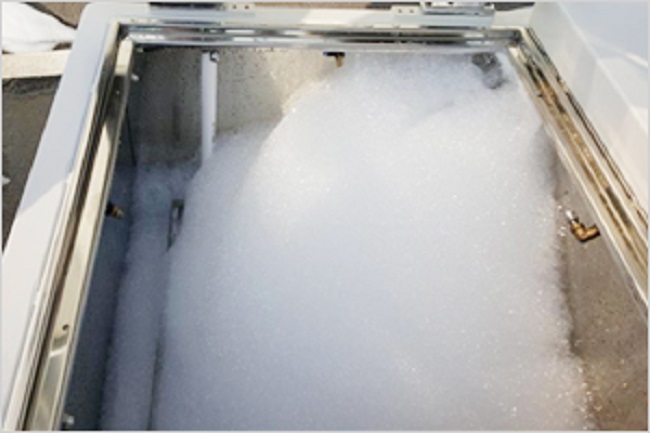
Each bubble of foam can consist of up to 98 percent nitrogen gas and can last for up to six hours. (Image: RDA)
The nitrogen foam equipment was trialed in 2016 and 2017 during the mass culling of farm animals caused by the spread of avian influenza and other diseases. The nitrogen foam were found to be a more efficient method than carbon dioxide.
Whereas the use of carbon dioxide required the entire area to be contained to prevent the gas from escaping, the nitrogen foam do not need to be contained. Furthermore, both time and manpower were reduced in the switch to nitrogen, from one hour to ten minutes, and ten people to two.

Other benefits included reduced exposure to the slaughtering process for workers, and lower quantities of contaminated secretions from the animals dying a less painful death. (Image: RDA)
Other benefits included reduced exposure to the slaughtering process for workers, and lower quantities of contaminated secretions from the animals dying a less painful death.
The RDA expects the nitrogen foam to be used in situations in the future where large numbers of livestock need to be put down for health and safety purposes.
S.B.W. (sbw266@koreabizwire.com)



